If you stare purposefully on a traffic-laden EDSA, you’ll more likely see a Toyota Wigo or two every ten seconds – and I’m not even exaggerating. It proudly stands side-by-side with the Vios as a consistent member of the coveted annual sales charts, two of Toyota Motor Philippines’ (TMP) top-sellers since time immemorial.
Despite being a rebadged Daihatsu, the Wigo appeals to the Filipino market primarily because of its marque that’s synonymous with reliability, and the fact that it has always been one of the most affordable Japanese cars in the market.
Toyota is banking on that popularity and gives the Wigo another refresh for the 2021 model year. Now, the question is, with a new face and some interior updates, is the Wigo still worth the money? I’m going to answer that in this full review.
Exterior
The test unit here is the range-topping Wigo TRD S. Obviously, it has the upper hand against lower Wigo variants in terms of looks, primarily because it’s kitted with original TRD accessories right off the showroom. For those who enjoy customizing their cars, this one isn’t for you.
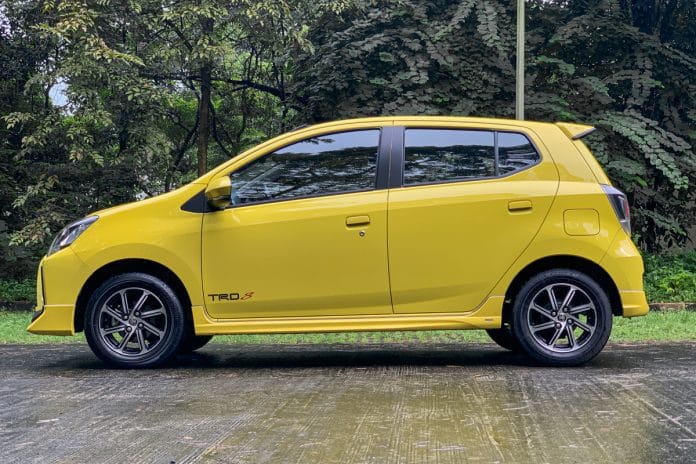
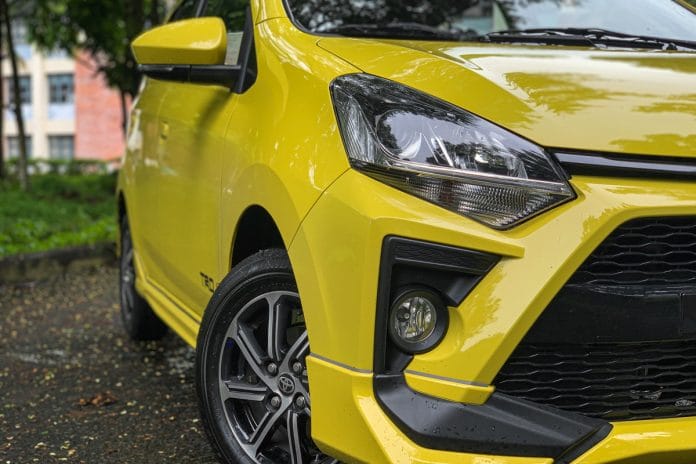
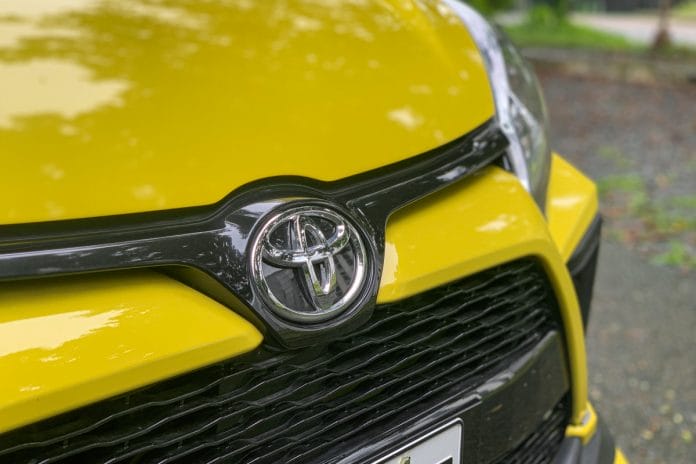
I don’t have any qualms with the kits; they look real snazzy in my opinion. However, each of the accessories is stamped with TRD. In total, there are seven reminders of Toyota Racing Development on the outside, which kind of aren’t working in the car’s favor.
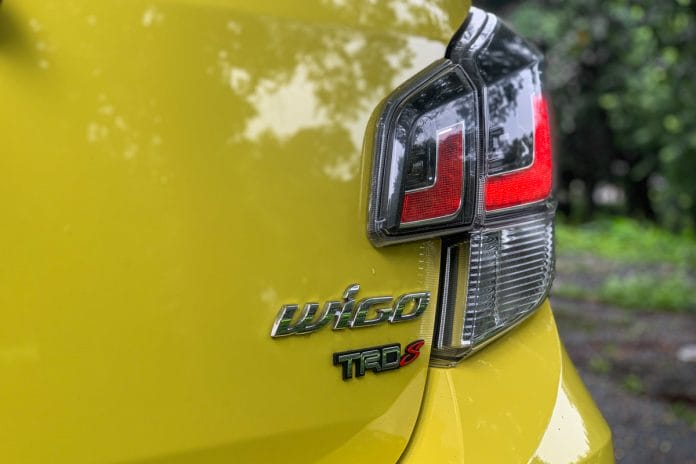
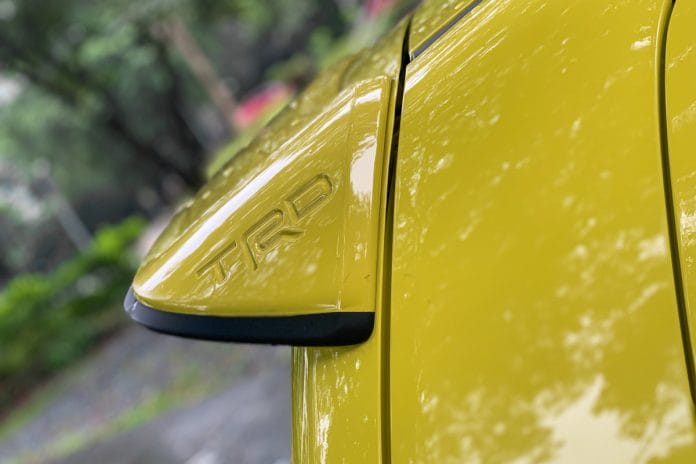
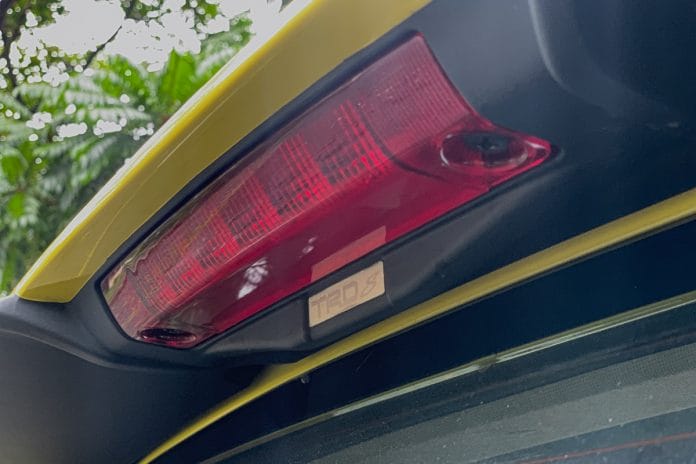



But overall, the nips and tucks up front are good enough to let commoners know that it’s indeed a new model despite being completely the same underneath the skin.
Interior
The Wigo’s interior layout and seating are largely a carry-over from its predecessor, and that’s not entirely a bad thing. The unbolstered seats make for a spacious horizontal space, while the overall shape of the car allows for a good headroom. Wiggle room is just enough for a comfortable ferrying of four people; five would be a real stretch. As before, the elevated seats allow for sufficient legroom at the rear. But of course, all of these are well and good for average-sized adults like myself; get five James Deakins inside this hatchback and you’ll get yourself a can of Deakin sardines.
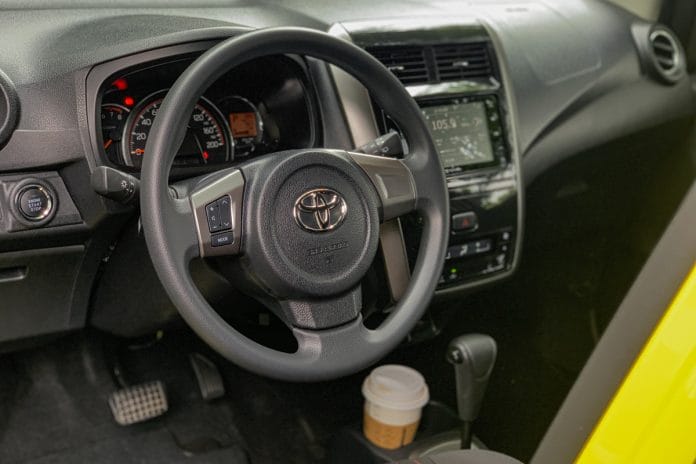

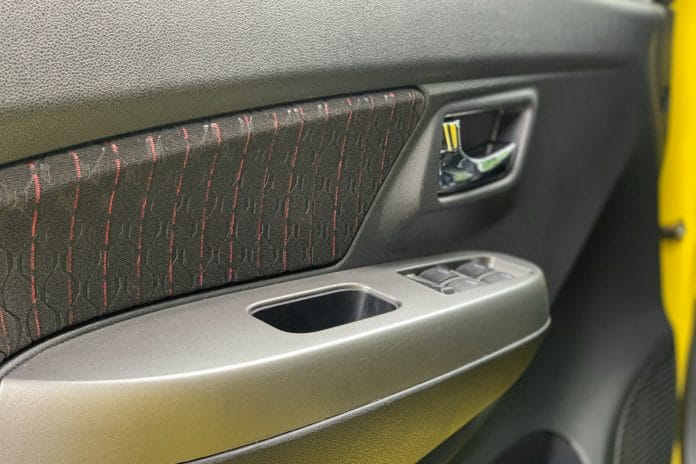
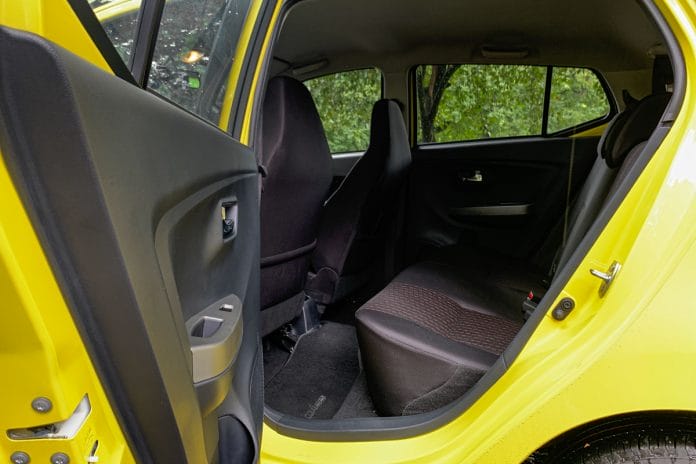
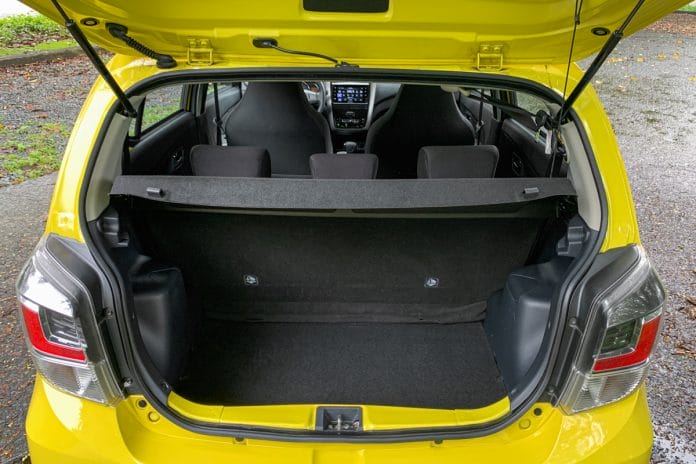
The story’s the same for the cargo area, which is just enough for five knapsacks and a few grocery bags. And yes, the tailgate is still void of a latch to open it from behind, so expect some annoyances when you inevitably forget this fact.
Technology & Safety
As mentioned, the Wigo carries the same interior layout but that doesn’t mean there isn’t anything new in the cabin. Push-button ignition is standard for the top TRD S and G variants, as are an LCD screen for the climate control and a rear parking camera displayed through a touchscreen infotainment system. All variants get rear parking sensors, which is quite a surprise since this car’s quite a cinch to park.
More importantly, TMP has really ended its streak of not equipping its cars with the coveted proper connectivity features. Apple CarPlay and Android Auto are standard in the TRD S, which make smartphone pairing a breeze. The top-spec trim also gets a built-in dash camera. Nice.
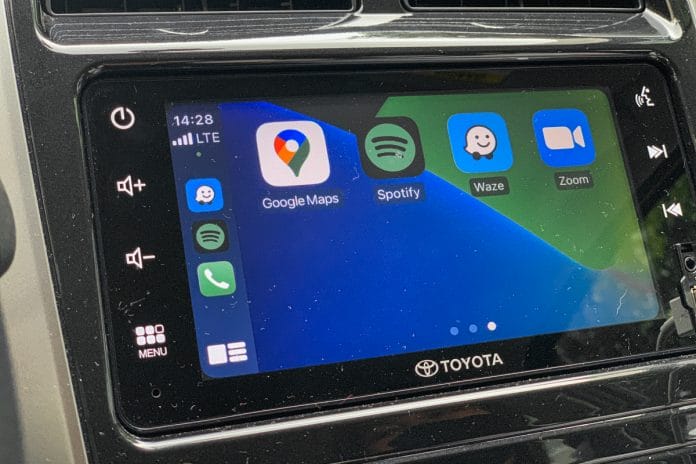
Apart from the rear parking camera and proximity sensors, the Wigo also comes with dual airbags, ABS, an anti-theft alarm system, and centralized locking for yours and the car’s safety. Speed-sensing door locks don’t come standard, though, so yes, don’t forget to lock the doors as soon as you come in.
Driving & Handling
Every oily bits underneath the Wigo’s refreshed skin are the same, so this one comes with a 1.0-liter naturally-aspirated inline-three engine. It’s good for 65 horsepower and 89 Newton-meters – not stellar but remember that this diminutive vehicle weighs below 900 kilograms, so there isn’t much to pull.
Power delivery was satisfying from a normal motoring perspective, but I can’t help but notice that the engine shudders at low speeds – quite expected from a budget three-banger. The four-speed automatic isn’t so bad for in-city drives, but you’ll notice its limit upon reaching legal speed limits on the highway. Expect a noisy drive, as well, which is something that Toyota should really update in the Wigo in its next full iteration.
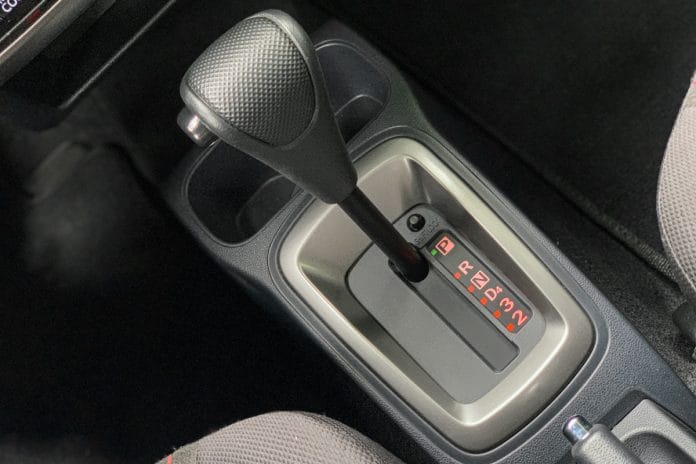
While in-city traffic is the Wigo’s playground in terms of engine performance, its tight steering feel is heaven-sent on the highway for high-speed stability. Turning from lock-to-lock can be a challenge for weak individuals, too, so you might want to start strength-training if you’re eyeing this car. The suspension’s just enough to absorb road impurities with grace, but expect some of those impacts to be transferred inside the cabin especially from the unforgiving ones.
Fuel Efficiency
As a small hatchback, the Wigo has been known for its efficiency ever since TMP brought in the model here. That was true then and still is for the 2021 model year. Amid moderate to light traffic on EDSA, I clocked in 15.6 km/l at an average speed of around 40 km/h. On the highway at speeds dancing around 90 km/h, the Wigo returned 24.1 km/l – stellar numbers that aren’t a surprise to anyone.

Of note, these numbers were taken with only myself aboard and my trusty laptop bag in tow.
Verdict
Is the new Toyota Wigo worth the money? To some extent, it is. Looking beyond the shower of TRD badges, the Wigo on its top-spec trim should definitely be on your shortlist of small hatchbacks to buy. It’s economical, looks arguably good, and has proven its reliability since 2013.
The P700,000 price tag of the TRD S is probably too much for the budget-conscious Filipino car buyer but really, the addition of tech in this small package should make up for the added premium.

